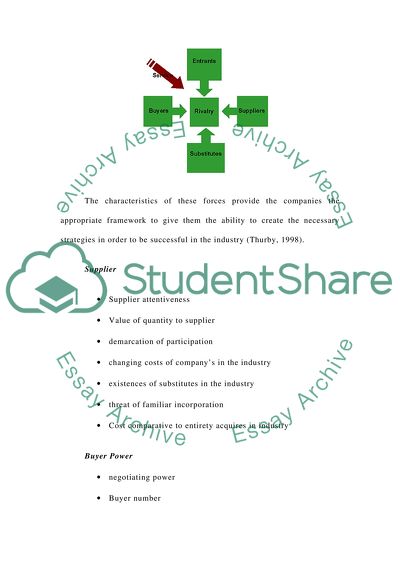Cite this document
(“The Five Forces by Michael Porter Essay Example | Topics and Well Written Essays - 2500 words”, n.d.)
Retrieved from https://studentshare.org/miscellaneous/1518077-the-five-forces-by-michael-porter
Retrieved from https://studentshare.org/miscellaneous/1518077-the-five-forces-by-michael-porter
(The Five Forces by Michael Porter Essay Example | Topics and Well Written Essays - 2500 Words)
https://studentshare.org/miscellaneous/1518077-the-five-forces-by-michael-porter.
https://studentshare.org/miscellaneous/1518077-the-five-forces-by-michael-porter.
“The Five Forces by Michael Porter Essay Example | Topics and Well Written Essays - 2500 Words”, n.d. https://studentshare.org/miscellaneous/1518077-the-five-forces-by-michael-porter.


